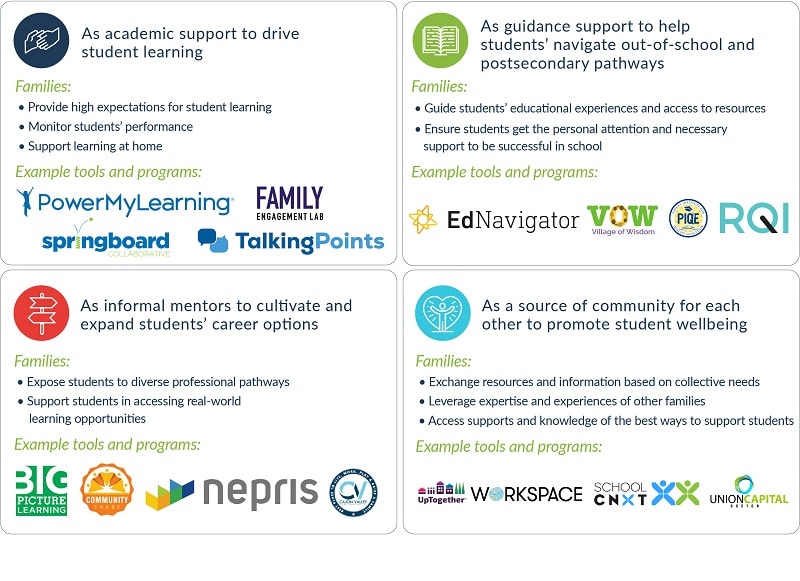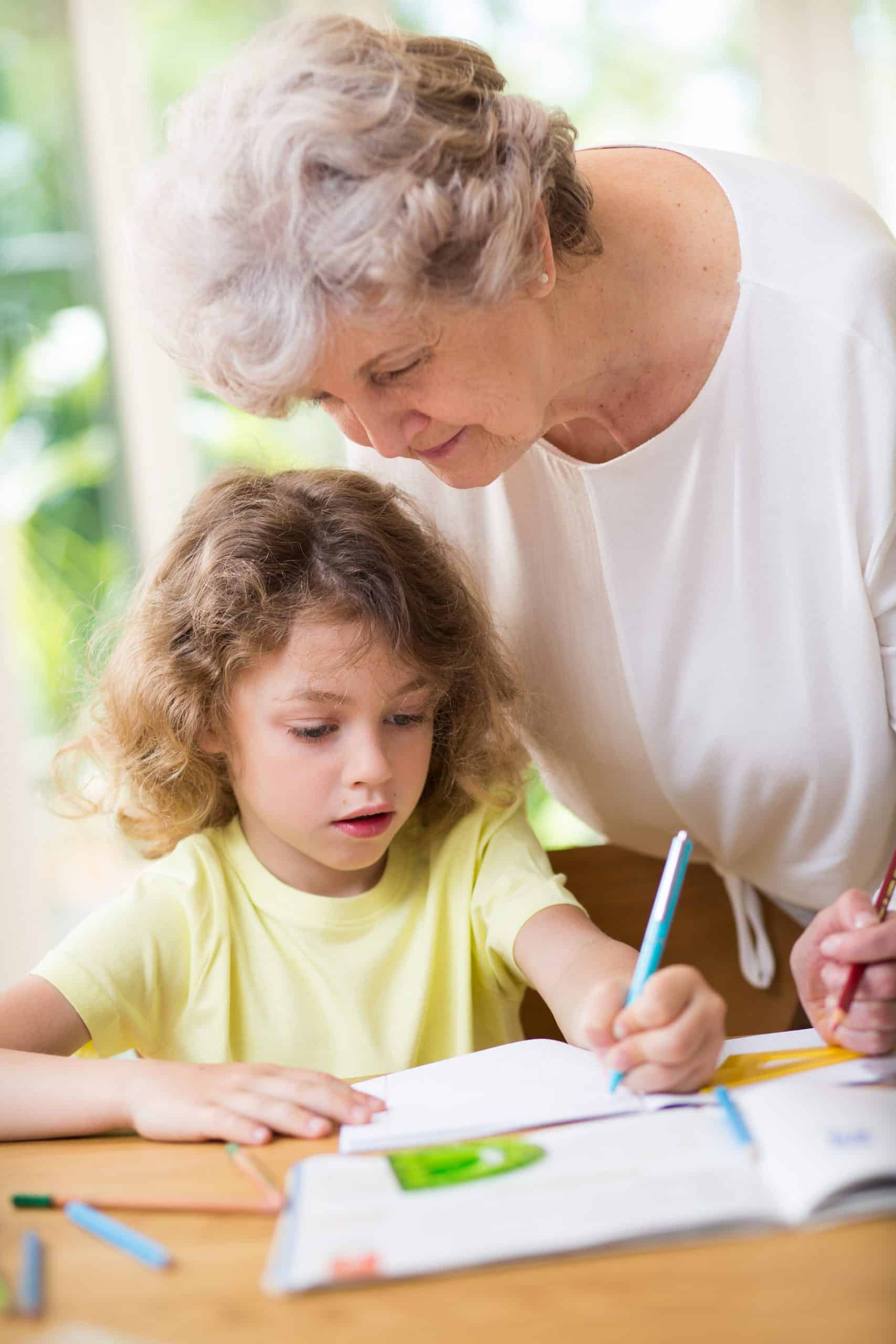As many schools and educators have come to understand during the pandemic, building connections with students’ families and learning about their lives outside of school has gone from a nice-to-have to a must.
This isn’t just a sensible idea: Modularity Theory, a framework that explains how to optimize system performance, illustrates why integrating home and school is a key lever for schools striving to drive learning gains. But for interconnectedness to happen, schools will need to turn to innovations that reframe educators’ roles and responsibilities.
According to Modularity Theory, the most direct way to improve a system’s performance is to integrate the pieces with the biggest influence on performance. This is why Amazon owns planes, trucks, and fulfillment centers—to integrate shipping logistics with order processing and inventory management to enable reliable next-day delivery. This is also why Microsoft, ostensibly a software company, started developing the hardware for tablets. It couldn’t design an exceptional next-gen computing experience by relying on other companies to figure out the hardware side.
Though educators may not see themselves as business entrepreneurs, the same does hold true for education. All students’ experiences—both at school and at home—affect their learning. Although school is the formal setting where students go to learn, decades of research shows that family circumstances are the strongest predictors of student achievement. Furthermore, both Modularity Theory and empirical research suggest that sizable gains in student achievement could follow from finding better ways to integrate the two.
Better integration through better family engagement
My colleague, Mahnaz R. Charania, recently published new insights, both within the context of COVID and looking into the future, on how interconnectedness between educators and families could be optimized to shed light for both parties on what students most need in order to thrive.
The big takeaway of her research? The one-way communications families traditionally receive (e.g. emails or texts) fall short of true partnership. Only two-way engagement, wherein schools and organizations shift the role of parents from spectators to co-designers of students’ learning and wellness, will best serve students. To do this right, schools must share power with families and acknowledge that every family has strengths and resources to offer, while remaining mindful of barriers to engagement (i.e., work demands, language, and culture differences).
One two-way approach involves leveraging technology to enlist families as academic support to drive student learning. For instance, TalkingPoints, a family engagement platform, enables regular dialogue and collaboration between schools and families, tailored to each family’s preferred language. Teachers use an app or text messages to share information, insights, photos, videos, and documents with specific family members to give them a clear view of daily classroom activities. The family members can reply with questions or share information about the child’s home learning environment. If the replies are in the home language, TalkingPoints will translate them into English for the teacher. The purpose is to build the capacity of teachers and families to partner with each other to support students academically, socially, and emotionally.
The platform’s July 2021 report revealed that after a year of using TalkingPoints during distance learning, teachers report a deeper understanding of their students’ circumstances, and families report feeling more confident in supporting their child’s learning. The platform’s most recent survey showed that 93% of participating teachers have seen positive changes in students’ behavior and performance as well.
You can read about more innovative family engagement strategies, and four key roles that families are playing in partnership with schools in Charania’s report, “Family engagement reimagined.”
Four key roles of families in partnership with schools

Better engagement relies on expanding teacher capacity
In spite of the potential benefits of better family engagement and integration, efforts to connect home and school face real limits, like the constraints of educators’ time, especially during this era of pandemic upheaval. With all the work of running classrooms and managing a school, when do educators have the time to become family liaisons?
Although there’s no magic trick to double the hours of the day, innovations that expand teachers’ capacity are the next best thing. You can read more about how to help expand teachers’ capacity in some of my other blog posts: “New survey suggests teachers’ roles post-lockdown are unsustainable. Should expectations of schooling change?” and “3 stories of how educational technology can improve relationships.”
Strengthening the links between home and school can make a world of difference for students. Ultimately, home-and-school integration will only be unlocked by reimagining family engagement strategies and harnessing edtech to expand teachers’ capacity toward that engagement.



